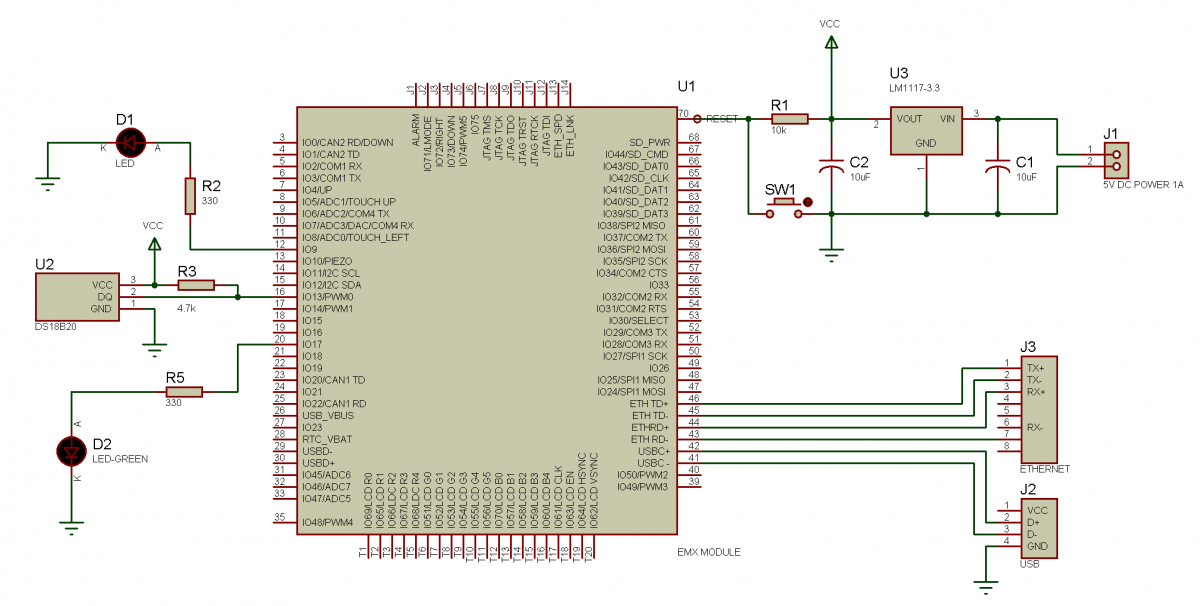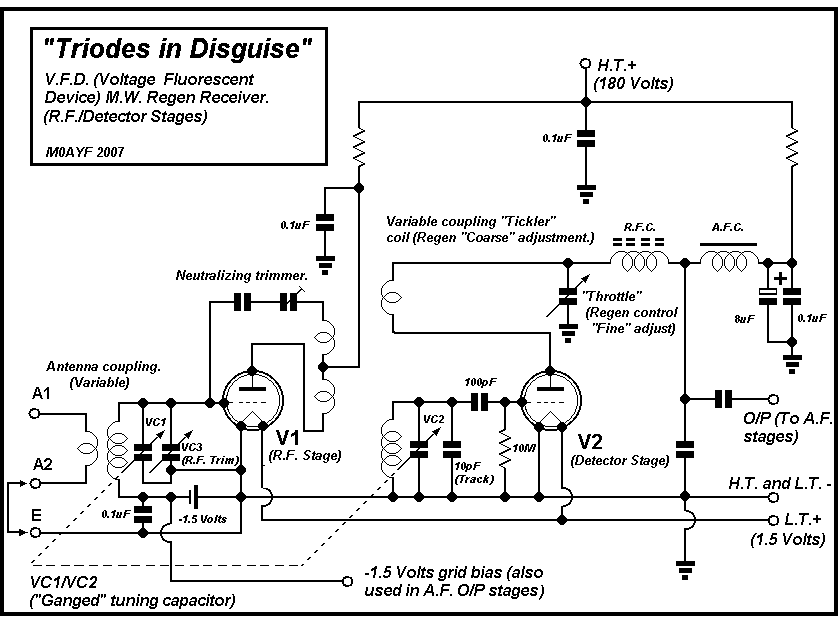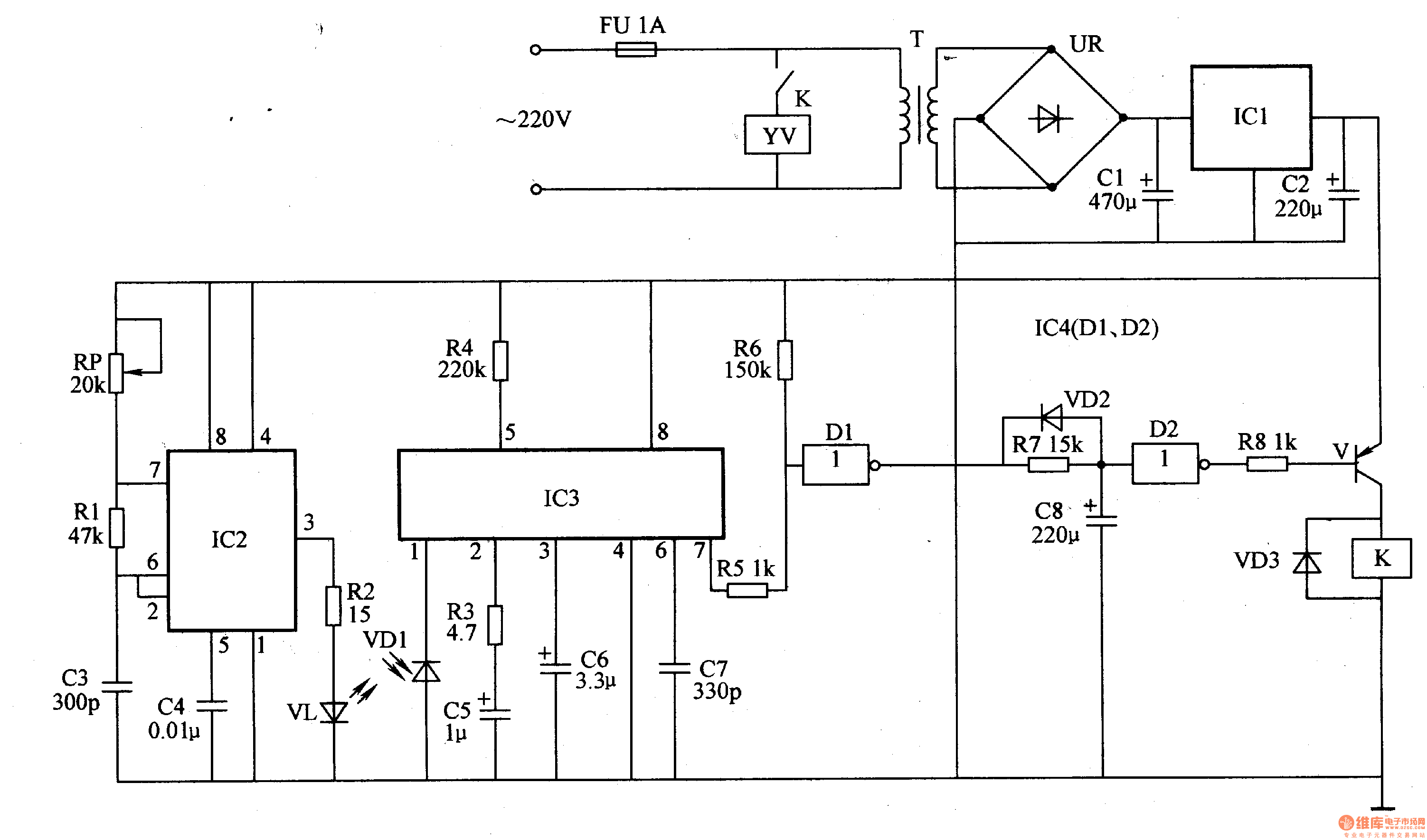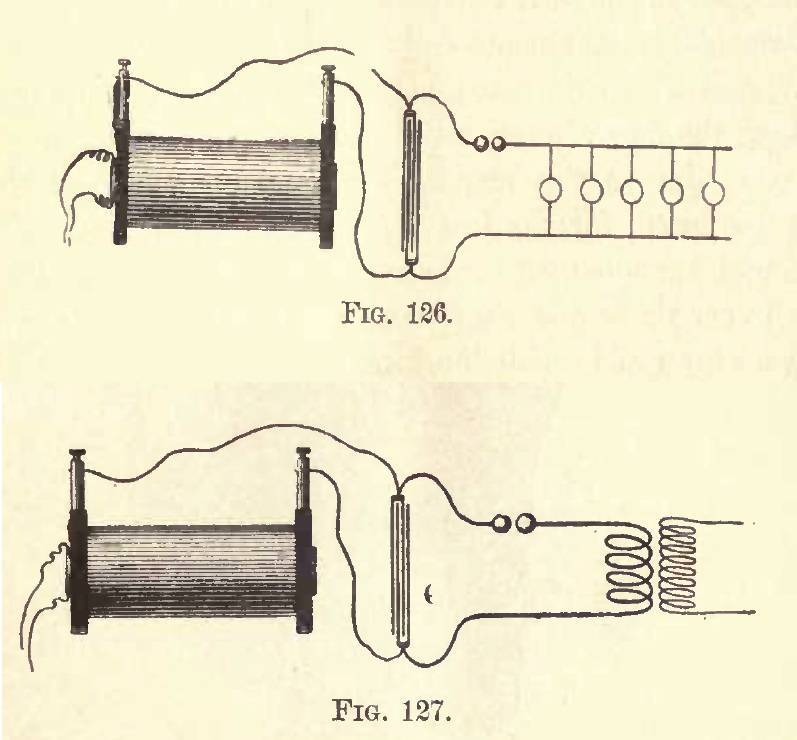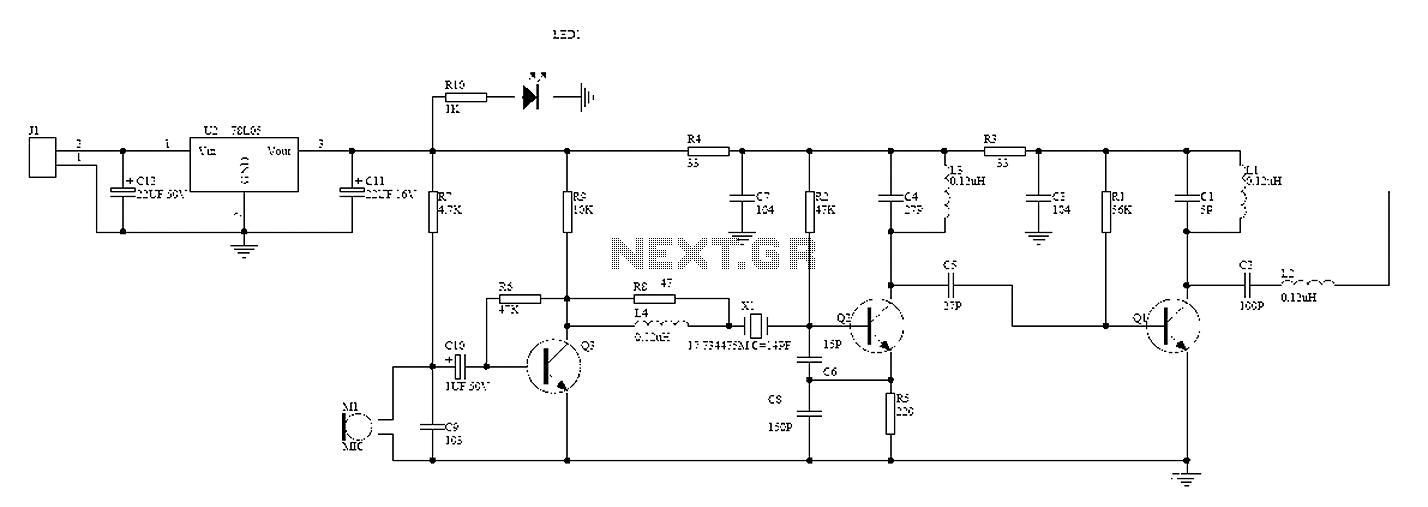
Antitheft device
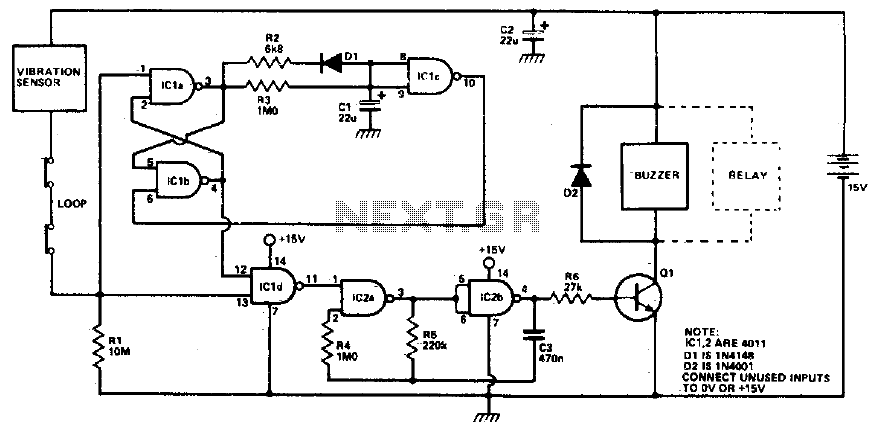
A momentary break in the protective loop or tripping of the normally closed vibration sensor causes the alarm to sound for 20 seconds. If the circuit remains open, the alarm will sound continuously.
The described circuit operates using a normally closed vibration sensor that is part of a protective loop. When the system is intact and the sensor is in its default state, the circuit remains closed, allowing normal operation without triggering the alarm. However, if the sensor detects a vibration or if there is a momentary interruption in the loop, it opens the circuit. This action triggers the alarm to sound for a duration of 20 seconds, indicating a potential breach or tampering.
In scenarios where the circuit remains open, the alarm will continuously activate, providing a persistent alert until the condition is rectified. This feature ensures that the system is vigilant against unauthorized access or disturbances.
The circuit may include additional components such as a timer to manage the 20-second alarm duration, a power supply to energize the system, and possibly an LED indicator to visually signal the alarm state. The use of a normally closed configuration for the vibration sensor is critical, as it allows for immediate response to disturbances while maintaining a low power consumption state when idle.
In summary, the circuit is designed for security applications, where it is essential to monitor for vibrations or interruptions in a protective loop, ensuring that any breach is promptly reported through an audible alarm.Any momentary break in the protective loop or tripping of the normally closed vibration sensor, causes alarm to sound for 20 seconds If the circuit is open all the time, the alarm will sound continuously. 🔗 External reference
The described circuit operates using a normally closed vibration sensor that is part of a protective loop. When the system is intact and the sensor is in its default state, the circuit remains closed, allowing normal operation without triggering the alarm. However, if the sensor detects a vibration or if there is a momentary interruption in the loop, it opens the circuit. This action triggers the alarm to sound for a duration of 20 seconds, indicating a potential breach or tampering.
In scenarios where the circuit remains open, the alarm will continuously activate, providing a persistent alert until the condition is rectified. This feature ensures that the system is vigilant against unauthorized access or disturbances.
The circuit may include additional components such as a timer to manage the 20-second alarm duration, a power supply to energize the system, and possibly an LED indicator to visually signal the alarm state. The use of a normally closed configuration for the vibration sensor is critical, as it allows for immediate response to disturbances while maintaining a low power consumption state when idle.
In summary, the circuit is designed for security applications, where it is essential to monitor for vibrations or interruptions in a protective loop, ensuring that any breach is promptly reported through an audible alarm.Any momentary break in the protective loop or tripping of the normally closed vibration sensor, causes alarm to sound for 20 seconds If the circuit is open all the time, the alarm will sound continuously. 🔗 External reference
